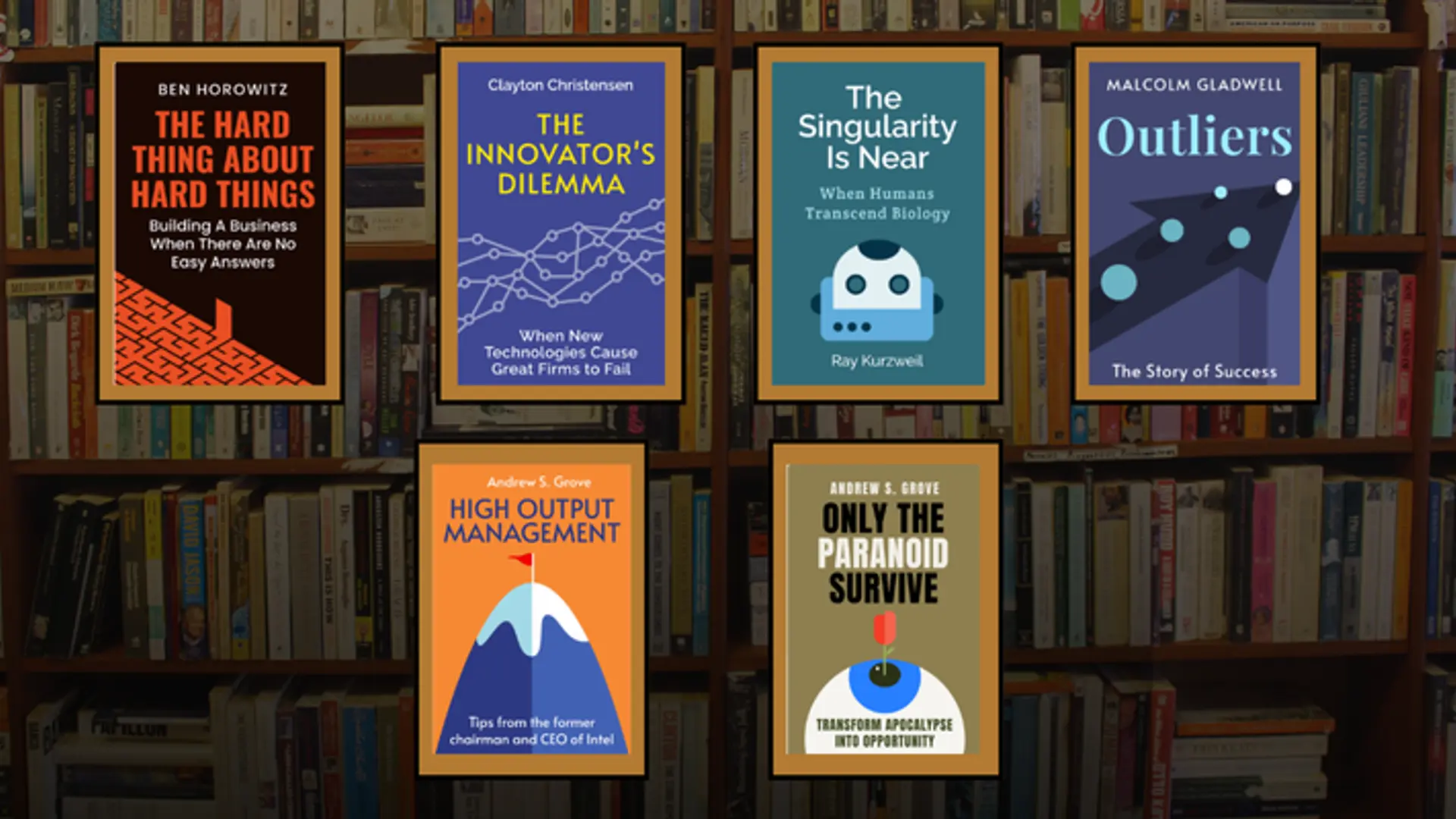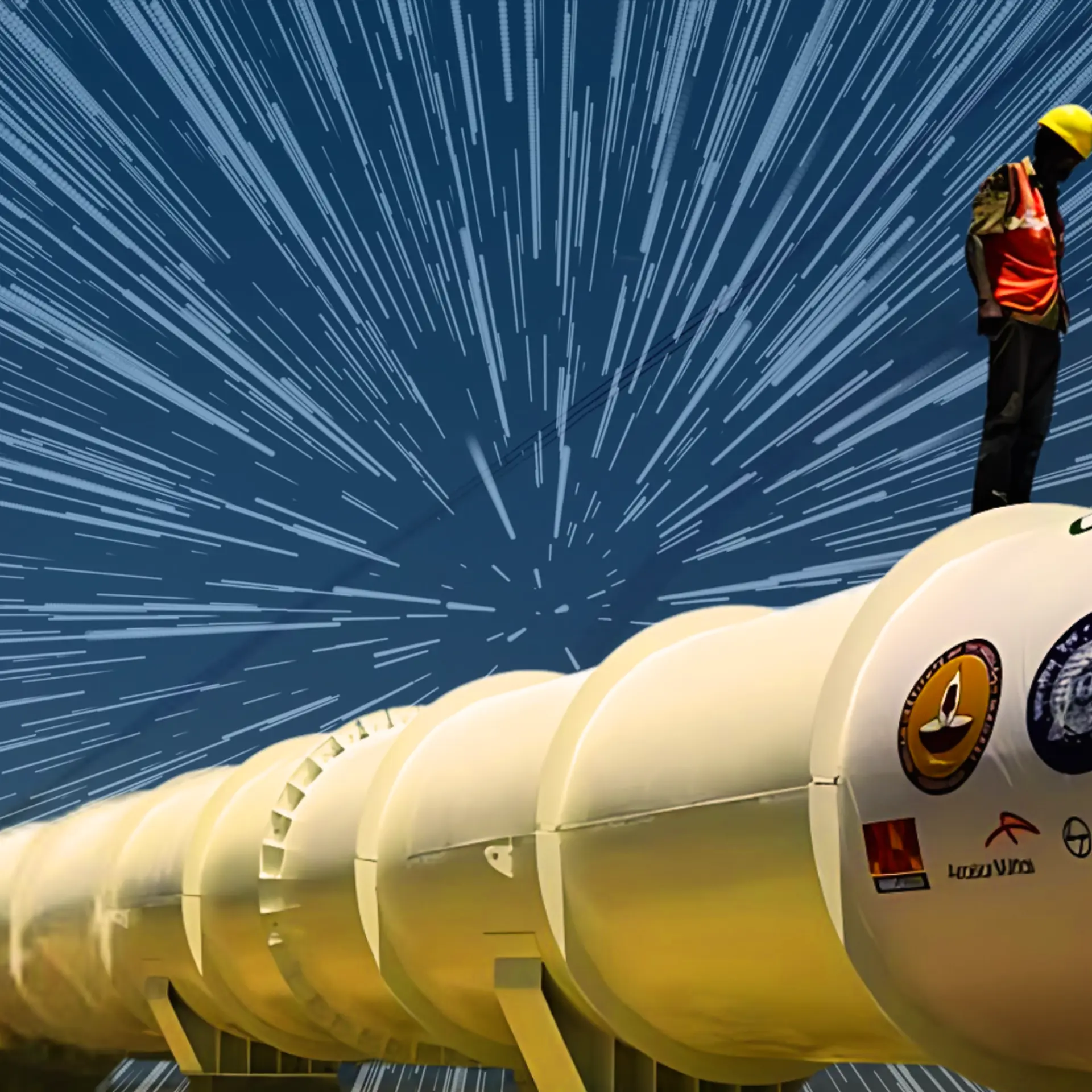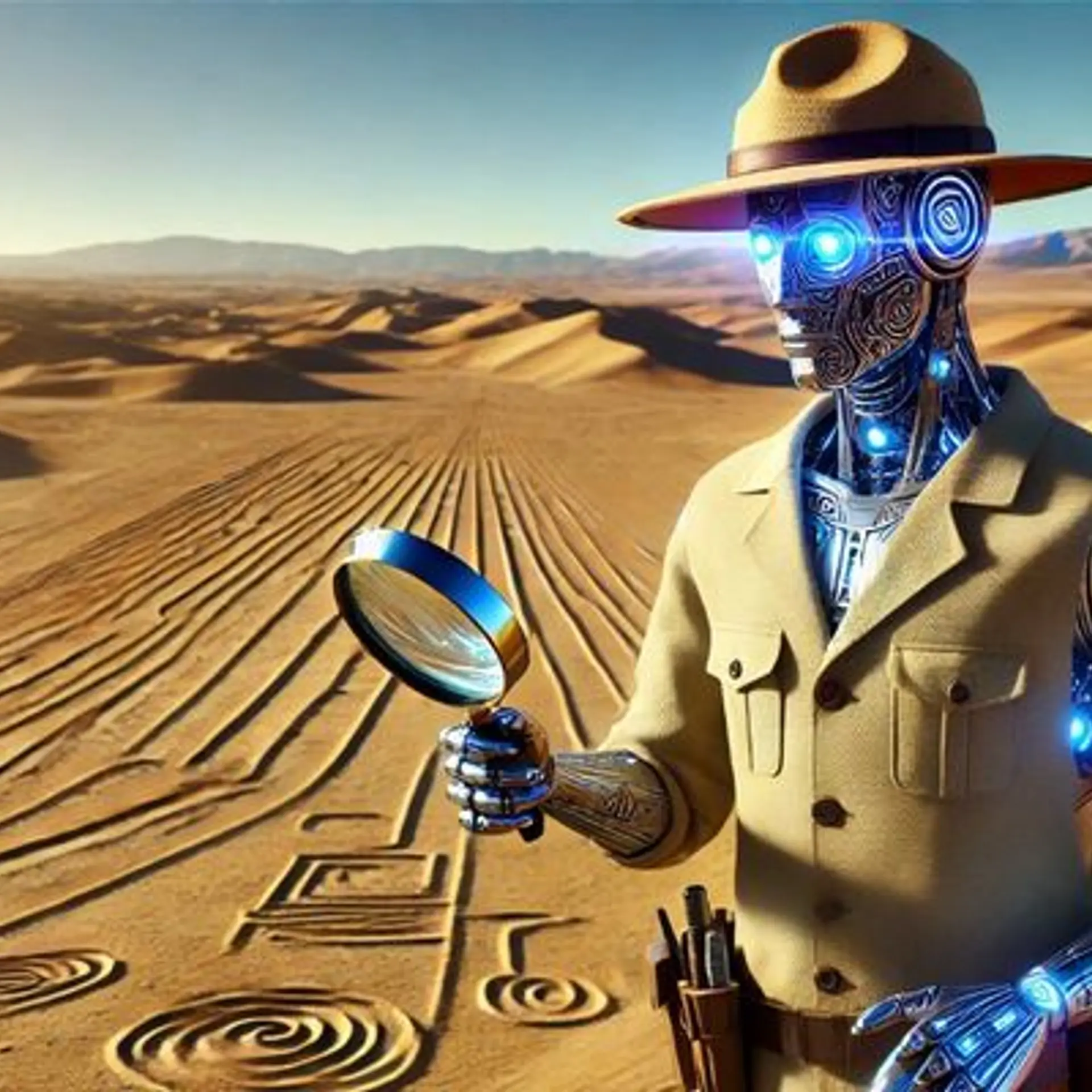NASA International Space Apps Challenge - 2 Day Global Codeathon
Saturday March 17, 2012 , 4 min Read

The International Space Apps Challenge is a 2 day technology development event during which citizens from around the world will work together to solve current challenges relevant to both space exploration and social need. The International Space Apps Challenge will take place on all seven continents – and in space! It is being held from 21st April to 22nd April 2012.Anyone can participate in the International Space Apps Challenge. It requires individuals with a broad range of skills - engineers, technologists, scientists, designers, artists, educators, students and entrepreneurs.
Challenges are in development from a wide variety of sources inside and outside of NASA. An initial set has been posted on the site and the community is invited to help develop them collaboratively there. New challenges will continue to be added on a weekly basis in anticipation of the event. Locations in which events are currently planned to be held include San Francisco, US; Tokyo, Japan; Melbourne and Canberra, Australia; Jakarta, Indonesia; Exeter and Oxford, UK; Nairobi, Kenya; Sao Paulo, Brazil; Santo Domingo, Dominican Republic; and McMurdo Station, Antarctica amd the International Space Station. There is also the option of online participation.
The International Space Apps Challenge is a “codeathon-style” event. A codeathon is a unique event that brings together citizens interested in collaborating on the development solutions that address critical challenges. A codeathon celebrates software development in its most positive context—using minimal resources and maximum brainpower to create outside- the-box solutions in response to interesting problems. Codeathons are technology development marathons, drawing on the talents and initiative of the best and the brightest software developers, engineers, designers and technologists from around the world, who volunteer their time to respond to real- world problems with solutions than can have immediate impact. At the events, individuals collaborate with others by forming teams focused on solving a particular challenge. The teams compete with other teams around the world to utilize publicly available space and data to design innovative “solutions” to a pre-determined series of global “challenges.”
The listed challenges are:
Open Data Challenge -- Kepler
The challenge is to help NASA either a) make Kepler data more accessible or b) create something amazing with it. It could be an app that better visualizes the data, an interface that presents the data in a new way, an infographic that helps understand the data in a new way, or more.
Handheld Hardware for Citizen Science
The challenge is to develop plug-in hardware that can be used for any one of NASA’s citizen science missions, such as the creation of a spectrometer, photometer, or other instrumentation. A solution could include an open source framework to allow a variety of external sensors to interface with common smartphones. Sensors could measure atmospheric conditions, the radioactive environment over time, electromagnetic interference, or a variety of other conditions.
Size of the Earth App
Develop an app that facilitates a set of cooperative observations from which the app can determine the size of the Earth. An ingenious Greek astronomer named Eratosthenes, living about 2500 years ago, not only knew that the Earth was round, but was able to accurately determine its size! You and a new friend can do the same, with the assistance of this app!
NASA Planetary Data System Interface
Develop a tool for citizen scientists, educators, and students to access NASA’s Planetary Data System data sets, which is available at http://pds.nasa.gov/.
HTML5 App to access NASA Earth Observations website
Develop a stand-alone HTLM5 tablet app that would reach a large number of citizen scientists using Earth Science Data from the NASA Earth Observations (NEO) website (http://neo.sci.gsfc.nasa.gov). The website currently provides access to a wide array of missions and instrument data, and the ability to statistically analyze the information. It is focused on Earth Science, but will be extended to include planetary systems datasets in the future.
Preliminary Design for Open Data API
Scope out and design the hooks and actions necessary for application developers to interface with NASA datasets through an API. NASA has thousands of publicly available datasets, ranging from deep-space radiation readings to geospatial imaging of the earth’s surface. While an API exists at data.nasa.gov to read these datasets’ metadata, there is no standard way to access the data itself.
Create Semantic Data Descriptor File
The challenge is the creation of a semantic XML/RDF method for describing the contents of NASA datasets. NASA has thousands of publicly available datasets, ranging from deep-space radiation readings to geospatial imaging of the earth’s surface. Currently, there is no standard way to semantically describe the contents of a dataset in a way that is both easy to understand and machine readable.






